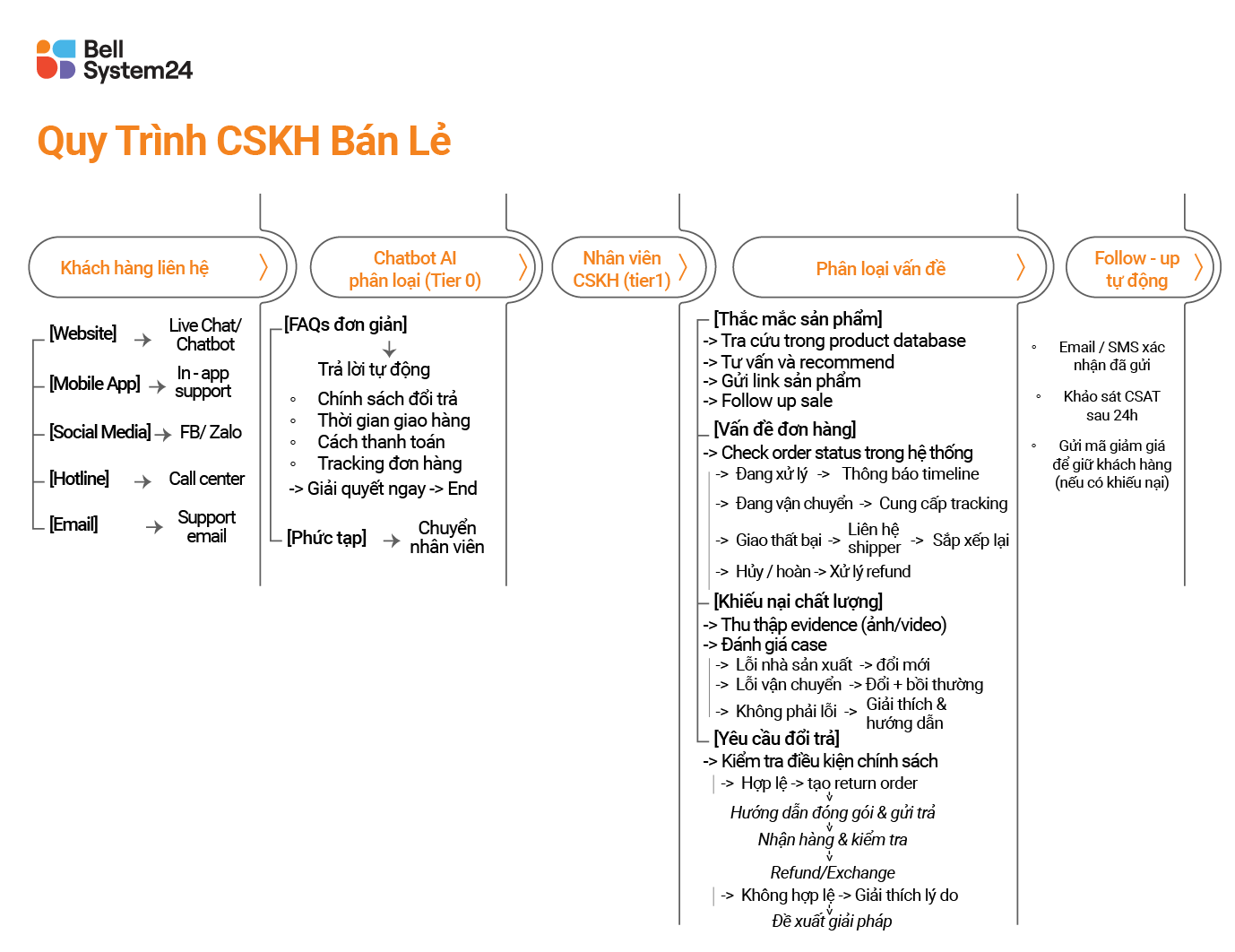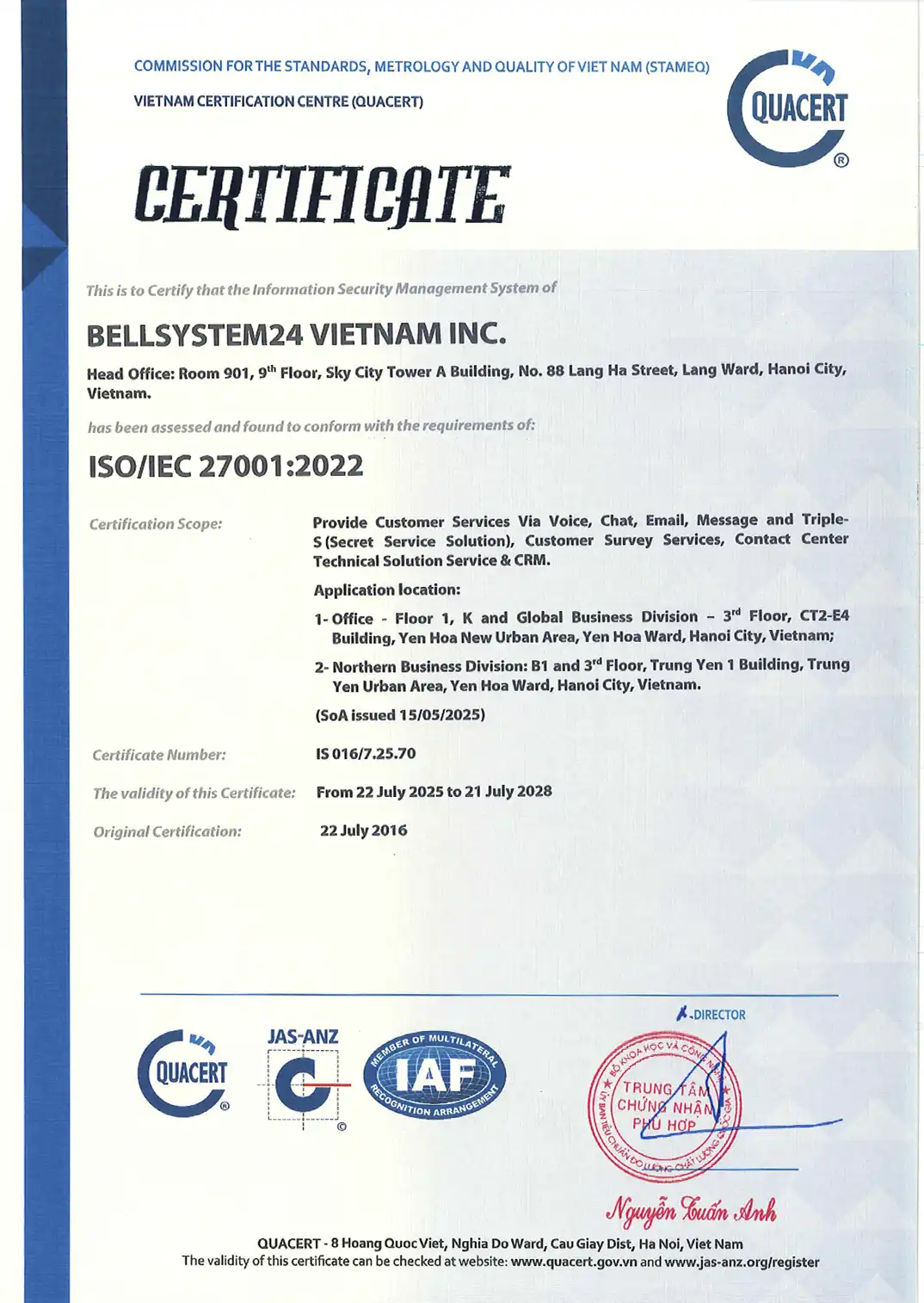The pandemic has caused income to be affected. Consumers are forced to reevaluate their spending habits and change their priorities for daily shopping needs.
1. Overview of the economy after Covid-19
In 2021, to combat Covid-19, Vietnam implemented the strictest epidemic prevention and control measures. This affected the growth rate of Vietnam's consumption, investment, and imports and exports. However, restrictions were gradually eased as 2022 began. The national economy saw significant improvements as business activities resumed.
In the first quarter of 2022, Vietnam's economic growth accelerated significantly, with GDP reaching USD 92.175 billion, an increase of over 61% compared to the same period last year. This figure is higher than the economic growth rates of China (4.81%) and Singapore (3.41%). However, in the new normal, consumer behavior has changed significantly and may continue to do so.

2. Post-COVID-19 consumer behavior
- Essential goods are prioritized in spending allocation: People are increasingly prioritizing spending on essential items in their monthly budgets. Compared to 2019, spending on food increased from 34% to 42%, and spending on housing and utilities increased from 7% to 12%. This has led to reduced spending in other categories, such as electronics, which decreased from 10% to 0.2%, and entertainment and travel, which decreased from 4% to 0.4%.
- Focus on green consumption: Epidemics, environmental pollution, and climate change have a serious impact on human health and the living environment. After Covid-19, people's awareness of environmental protection and ecosystem restoration has increased. Campaigns calling for the reduction of plastic and plastic bag use and energy consumption have been successful and have made a big impact on many brands in recent years.
- Search for products with lower prices: Throughout the Covid-19 pandemic, only businesses in the manufacturing sector were allowed to operate, while other industries such as commerce, services, tourism, and hospitality were virtually frozen. In 2020, the pandemic reduced household annual income by 12% while the unemployment rate doubled.
Compared to 2019, the number of survey participants who chose price as the factor influencing their purchasing decisions increased slightly from 14% to 16%. This shows that people are being more cautious in the current economic climate. As the pandemic has driven up costs, consumers have remained highly savvy in focusing on saving money and shifting to discount-offering sales channels such as Shopee, Lazada, Tiki, etc. After the period of social distancing and isolation, shopping frequency at supermarkets will gradually recover. However, appropriate pricing and promotional strategies are crucial to attract potential customers back.
- Postpone purchasing high-value products: Due to Covid-19, Vietnamese consumers do not seem to be spending more on high-value items such as home electronics, real estate, or housing. This shows that they consider these to be non-essential items.
- Enhance the application of digital technology: Over the past decade, many technology services such as online shopping platforms and ride-hailing services have grown rapidly in Vietnam. As social distancing measures took effect, consumers increasingly preferred using food delivery apps instead of going out. 601 respondents said they planned to increase their spending on this service.
In 2020, online shopping platforms expanded their reach, significantly increased transaction volumes and shopping cart sizes, and boosted e-commerce sales in Vietnam to 541 billion VND. This shows that the Covid-19 pandemic has contributed to promoting familiarity, trust, and dependence on online shopping channels.
According to Saigon Co.op, online orders for brands distributed through this system have surged over the past year. Online orders through Co.opmart and Co.opXtra have increased 3-4 times, and online and phone orders at Co.op Food have increased 3-5 times compared to before.
- Enhance delivery and ride-hailing activities: This change may be the result of social distancing measures, encouraging consumers to increase their consumption of food delivery or parcel delivery services. The remarkable growth in the number of delivery apps and shippers has proven the necessity of door-to-door delivery. The ability to synchronize orders and shipping from online shopping sites has further contributed to the rapid increase in the number of orders.
You may be interested in: Case Study: Secrets to Achieving 99% SLA in the Ride-Hailing Industry
- Increase in contactless online payment frequency: A study on payment attitudes when shopping published by VISA in early June 2022 shows that 65% Vietnamese consumers carry less cash in their wallets and 32% believe they will stop using cash after the pandemic. Nearly 76% consumers currently use e-wallets, and the percentage of card users has reached 82%.
3. Adapting to post-COVID-19 consumer changes
Post-COVID-19, businesses face many challenges, the most difficult of which is adapting to changes in consumer behavior. Quickly recognizing these changes and adapting to them in a timely manner is the key to staying ahead of the curve, enhancing competitiveness, and increasing business value. Two notable points that need to be prioritized are:
- E-commerce Development: According to a report by Metric.vn, Vietnam is currently the second-largest e-commerce market in Southeast Asia, behind only Indonesia, and could reach a scale of $39 billion by 2025. From the start of the pandemic to the first half of 2021, Vietnam gained over 8 million new digital consumers, more than half of whom came from areas outside major cities. Notably, 99% digital consumers will continue to use online services, demonstrating a very high level of loyalty. This is an important driver for businesses to deploy their operations on online platforms and e-commerce marketplaces.
- Enhance multi-channel customer interaction: As soon as businesses appear on online platforms and reach customers, they need to pay special attention to multi-channel customer interaction. Due to the emergence of multiple sales channels, maintaining quick and timely multi-channel customer interaction is not an easy task. This is especially true for chain businesses or companies that are developing new sales systems, which require system synchronization, customer information management, order management, and sales management.
See also: Telehub – Superior multi-channel Sales & Customer Service solution for businesses







